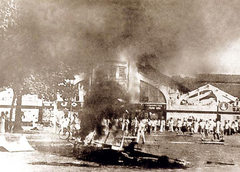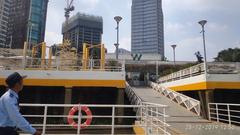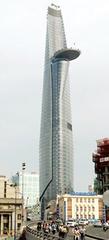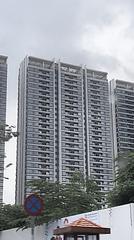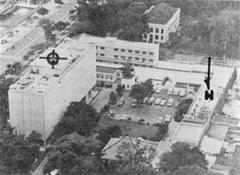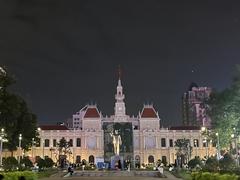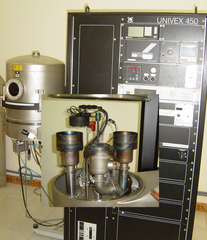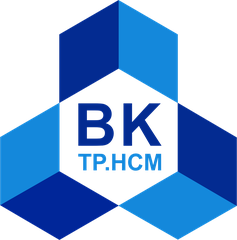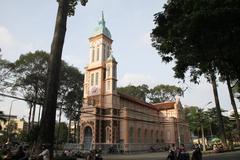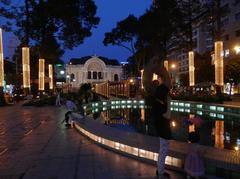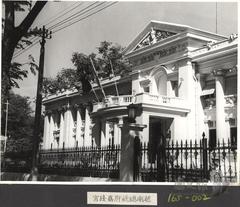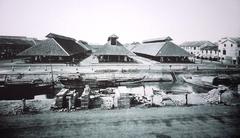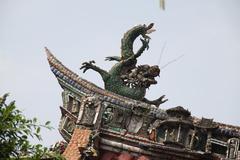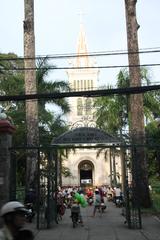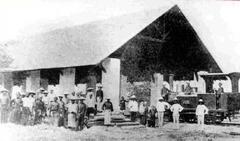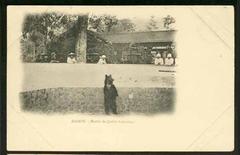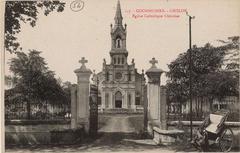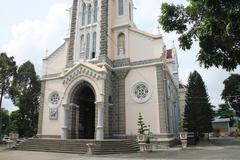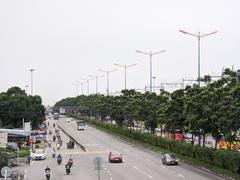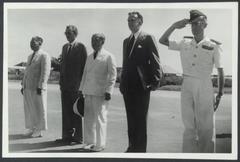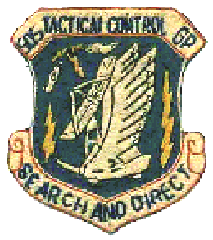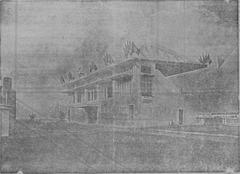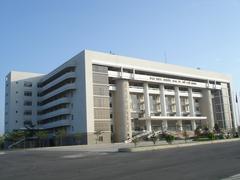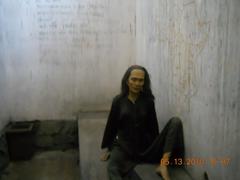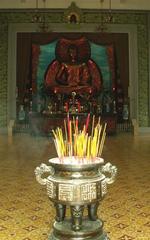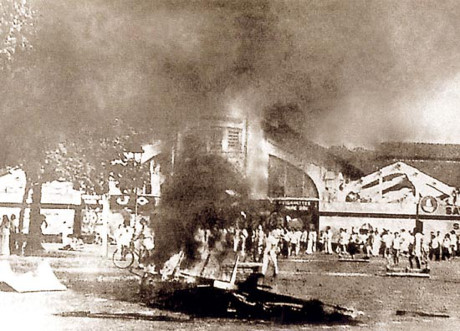
Comprehensive Guide to Visiting Chợ Bến Thành, Ho Chi Minh City, Vietnam
Date: 16/07/2024
Introduction
Chợ Bến Thành, located in District 1 of Ho Chi Minh City, Vietnam, is a vibrant marketplace and one of the city’s most iconic landmarks. Its origins date back to the early 17th century, beginning as a simple marketplace near the Saigon River. Over the centuries, Chợ Bến Thành has evolved, reflecting the rich tapestry of Vietnamese culture and history. The market was formally established during the French colonial era in 1859, and its current structure, completed in 1914, is a blend of French colonial and traditional Vietnamese architectural styles. With its distinctive clock tower, Chợ Bến Thành has become a symbol of Ho Chi Minh City, drawing millions of visitors annually (Vietnam Online).
Chợ Bến Thành serves not only as a bustling commercial hub but also as a cultural melting pot where various ethnicities, including Vietnamese, Chinese, and Khmer, come together. This convergence is evident in the diverse range of goods, foods, and crafts available at the market. It is a place where traditional Vietnamese crafts, textiles, and foods are showcased, offering visitors a glimpse into the country’s rich cultural heritage (Lonely Planet).
The market is open daily from early morning until late evening, with a night market that begins at 7:00 PM. It is easily accessible and provides a lively atmosphere where visitors can explore numerous stalls, interact with friendly vendors, and immerse themselves in the local culture. Bargaining is a common practice, adding to the unique shopping experience. As you navigate through this comprehensive guide, you will discover the historical, cultural, and economic significance of Chợ Bến Thành, along with practical tips for making the most of your visit.
Table of Contents
History of Chợ Bến Thành
Early Beginnings
Chợ Bến Thành dates back to the early 17th century as a simple marketplace near the Saigon River. This strategic location made it accessible for boats and ships, facilitating trade among local vendors and traders.
French Colonial Era
In 1859, after the French captured Gia Định (now Ho Chi Minh City), they recognized the market’s potential. A wooden market building named “Les Halles Centrales” or “Central Market” was constructed in 1860. Unfortunately, it was destroyed by a fire in 1870.
Reconstruction and Relocation
In 1912, the French colonial government decided to relocate and rebuild the market to accommodate the growing population and trade volume. The new market, completed in March 1914, was named “Chợ Bến Thành.” The name is derived from “Ben Nghe,” a nearby wharf, and “Thanh,” referring to the Citadel of Gia Định.
Architectural Significance
The new Chợ Bến Thành building features a distinctive French colonial architectural style, including a large clock tower that has become one of the city’s most recognizable symbols. The market covers over 13,000 square meters with four main entrances and 12 gates.
Post-Independence Era
After Vietnam gained independence from French colonial rule in 1954, Chợ Bến Thành continued to thrive as a central hub for commerce in Saigon (now Ho Chi Minh City). During the Vietnam War, the market remained a bustling center of activity, serving both locals and foreign visitors.
Modern Developments
Following Vietnam’s reunification in 1975, Chợ Bến Thành underwent several renovations to modernize its facilities while preserving its historical significance. Today, the market is managed by the Saigon Trading Group (SATRA) and continues to be a vital part of Ho Chi Minh City’s economic and cultural landscape.
Cultural Significance
Chợ Bến Thành is a cultural icon reflecting the history and evolution of Ho Chi Minh City. It offers a glimpse into the daily lives of the city’s residents and serves as a melting pot of cultures. The market is known for its vibrant food stalls and a wide variety of goods, including fresh produce, textiles, handicrafts, and souvenirs.
Preservation Efforts
Recognizing its historical and cultural importance, the local government and various organizations have made concerted efforts to preserve Chợ Bến Thành’s heritage. Initiatives to restore and maintain the market’s architectural features, including the iconic clock tower, aim to ensure its status as a cherished landmark for future generations.
Visitor Information
Visitor Experience
A visit to Chợ Bến Thành is a must-do experience in Ho Chi Minh City. The market is open daily from early morning until late evening, offering a lively and bustling atmosphere. Visitors can explore numerous stalls, interact with friendly vendors, and immerse themselves in the vibrant local culture. Bargaining is a common practice, and tourists are encouraged to negotiate prices for the best deals.
Practical Tips for Visitors
- Timing: The market is busiest in the late morning and early afternoon. For a more relaxed experience, visit early in the morning or later in the evening.
- Bargaining: Don’t be afraid to haggle. Vendors expect it, and it can be a fun part of the shopping experience.
- Cash: While some vendors may accept credit cards, it’s best to carry cash, preferably in smaller denominations.
- Safety: Keep an eye on your belongings, as the market can get crowded, and pickpocketing can occur.
- Exploration: Take your time to explore all sections of the market, including the food stalls, where you can enjoy authentic Vietnamese cuisine.
Special Events and Guided Tours
Chợ Bến Thành occasionally hosts special events that showcase local culture and traditions. Guided tours are available for those who want a more in-depth understanding of the market’s history and significance.
Photographic Spots
The iconic clock tower and the bustling market scenes make Chợ Bến Thành a great spot for photography. Capture the vibrant life of the market and its unique architectural features.
FAQ
Q: What are the opening hours of Chợ Bến Thành?
A: The market is open daily from early morning until late evening.
Q: Is there an entrance fee to visit Chợ Bến Thành?
A: No, there is no entrance fee.
Q: Can I pay with a credit card at the market?
A: Some vendors accept credit cards, but it’s best to carry cash.
Q: Are there any nearby attractions?
A: Yes, nearby attractions include the Notre-Dame Cathedral Basilica of Saigon, the Saigon Central Post Office, and the Reunification Palace.
Q: Is the market accessible for people with disabilities?
A: The market can be crowded, which may pose challenges, but there are efforts to improve accessibility.
Conclusion
Chợ Bến Thành remains a testament to Ho Chi Minh City’s rich history and dynamic culture. Its enduring presence and continued popularity among both locals and tourists underscore its significance as a cultural and economic hub in Vietnam. Make sure to include Chợ Bến Thành in your travel itinerary to experience the heart of Ho Chi Minh City.
The market’s role extends beyond commerce; it is a social and cultural meeting point that fosters community interactions and serves as a living museum of Vietnamese culture. Efforts to modernize Chợ Bến Thành while preserving its historical integrity ensure that it will remain a beloved landmark for generations to come. As you plan your visit, remember to engage with the local vendors, practice your bargaining skills, and take time to explore the rich culinary offerings of the market (Eater). Embrace the vibrant energy of Chợ Bến Thành and experience the heart of Ho Chi Minh City.
